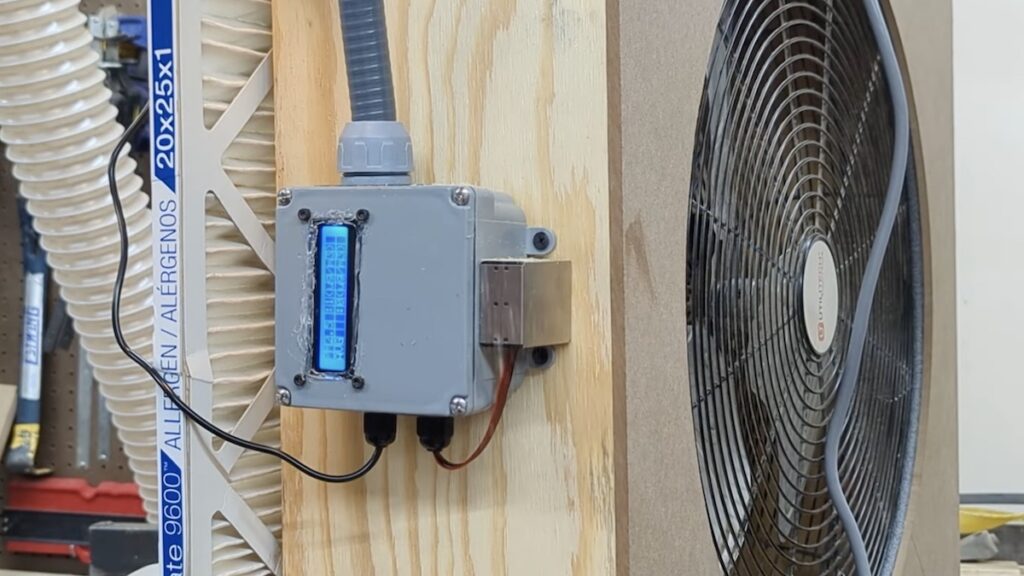Shop fan automatically activates when airborne particulates are present

Even if you’re one of the few people in the world who is consistent about wearing a respirator in the shop, it’s a good idea to run a filtration fan. Not only is that good for your own health and comfort, it can help keep your equipment running well — the last thing you want is something overheating and catching fire because its cooling ducts are clogged. To avoid running a fan when it isn’t needed, Brandon of the YouTube channel Honest Brothers built a system to automatically activate his filtration fan when airborne particulates are present.
The first half of this video provides detail on building the fan itself, including an explanation of filtration fundamentals and what particulates different standards can handle. If you don’t have an interest in building a fan from scratch and would prefer to buy something off the shelf, you can skip ahead. The important thing to take away before Brandon gets to the low-voltage section is that the fan receives AC mains voltage and you’ll switch it on via a relay.
An Arduino Leonardo board will activate that relay. It will do so when it detects particulates in the air. It is able to do that using a PMS5003 digital particulate sensor that can monitor the concentration of airborne particulates using a laser. The sensor scatters the laser through a volume of air and has its own built-in microprocessor to calculate the results. It can detect particulates with a diameter as small as 0.3?m, which is perfect for what you’d expect to find in a typical maker’s shop. The Arduino displays the results from the PMS5003 on a small LCD screen, but will also activate the fan relay when they exceed a set threshold. Because filtration fans can consume a lot of power, this will keep both your electric bills and your future to a minimum.